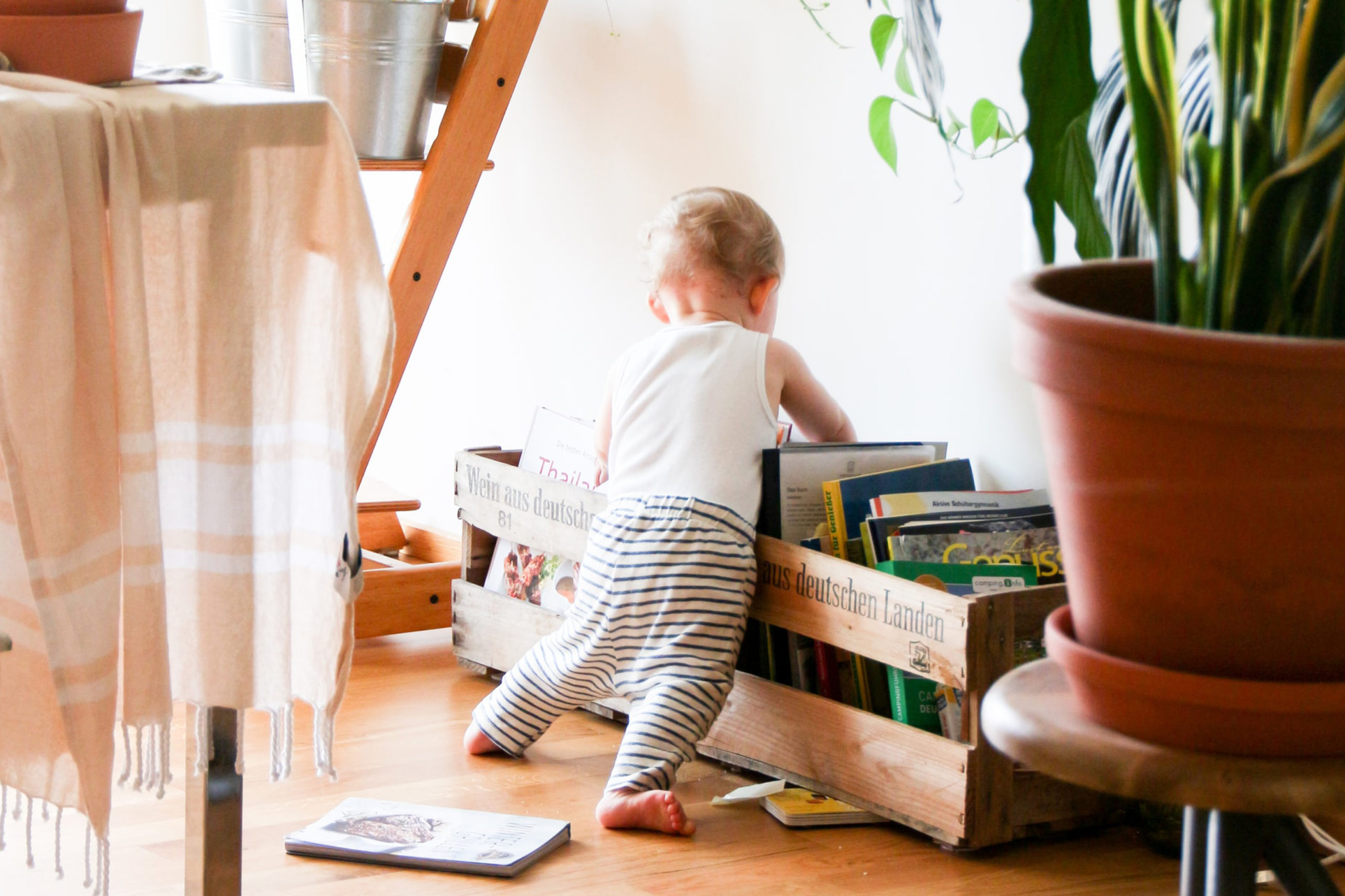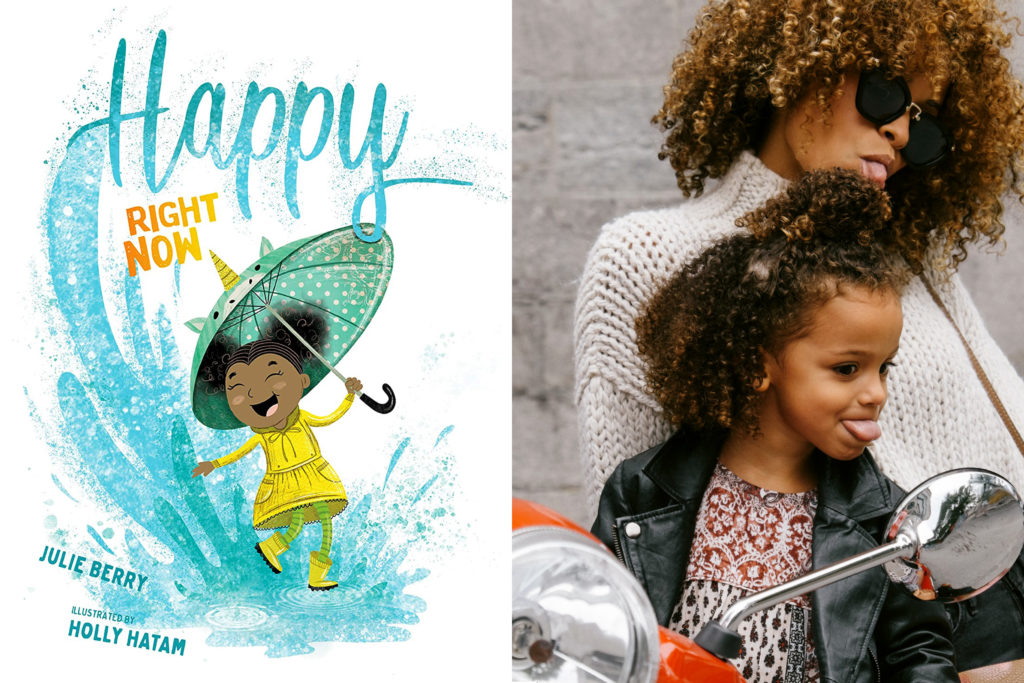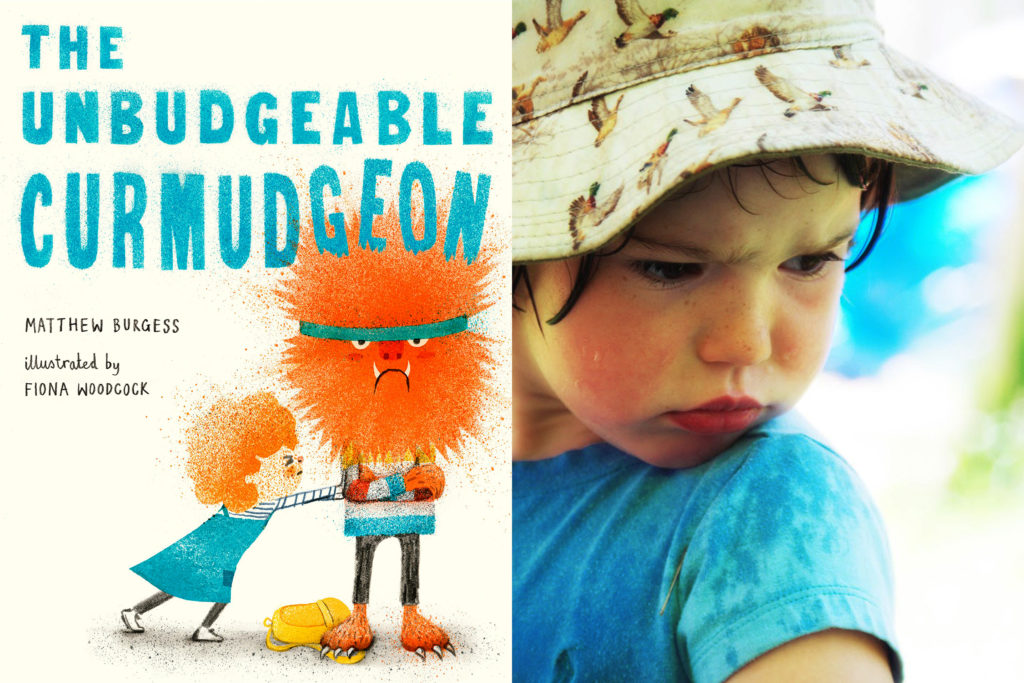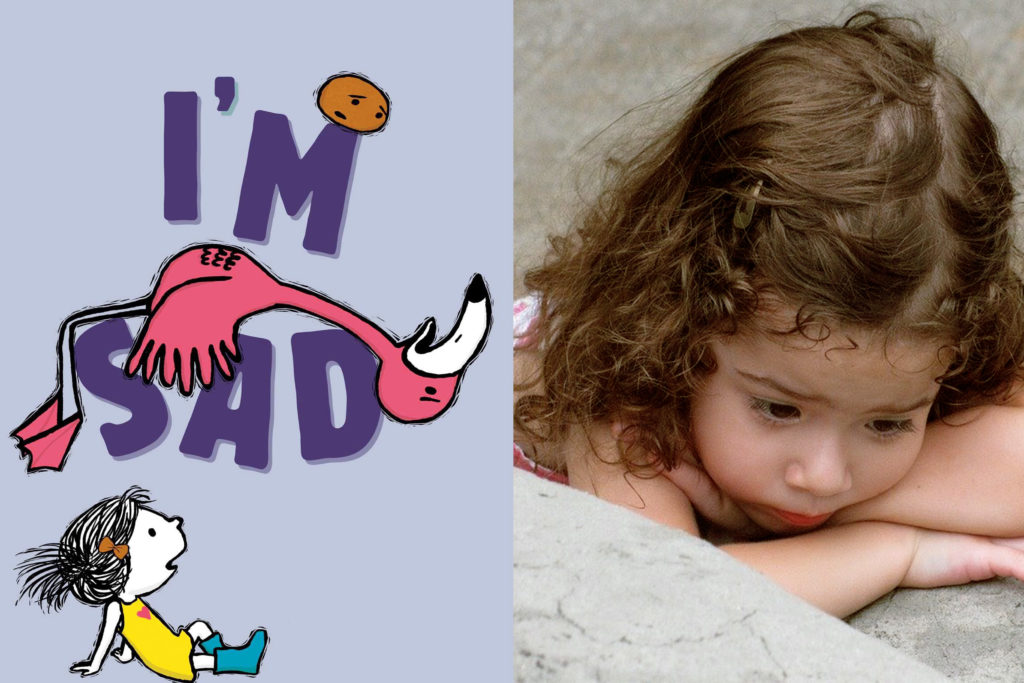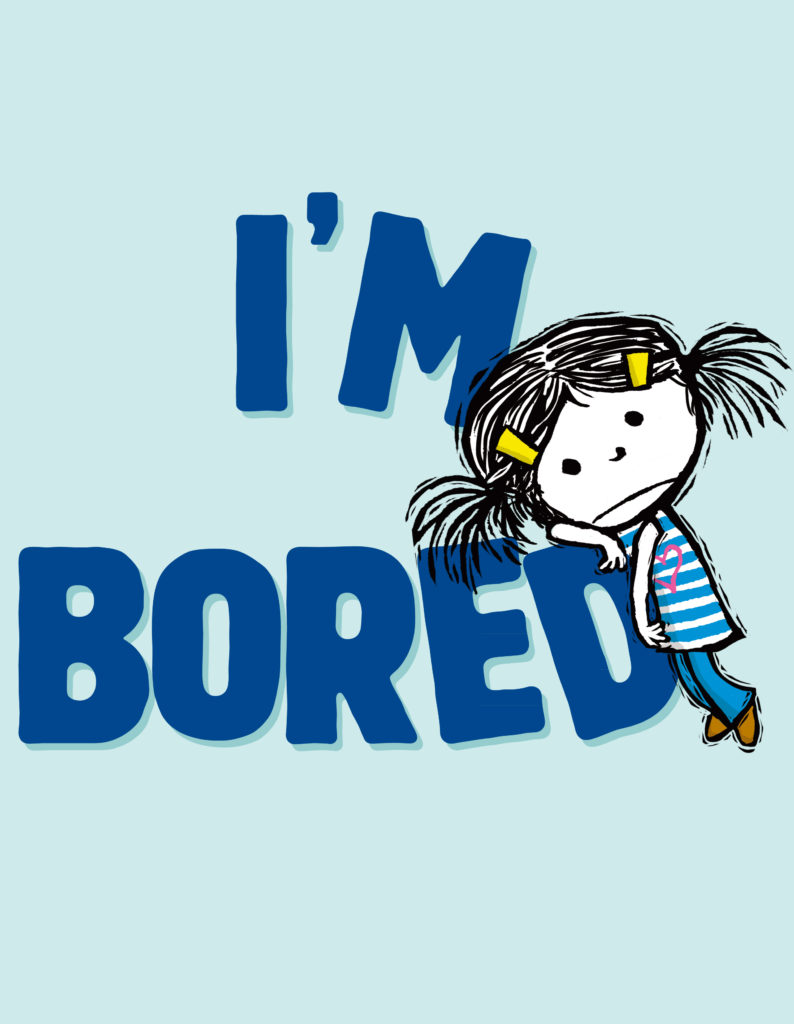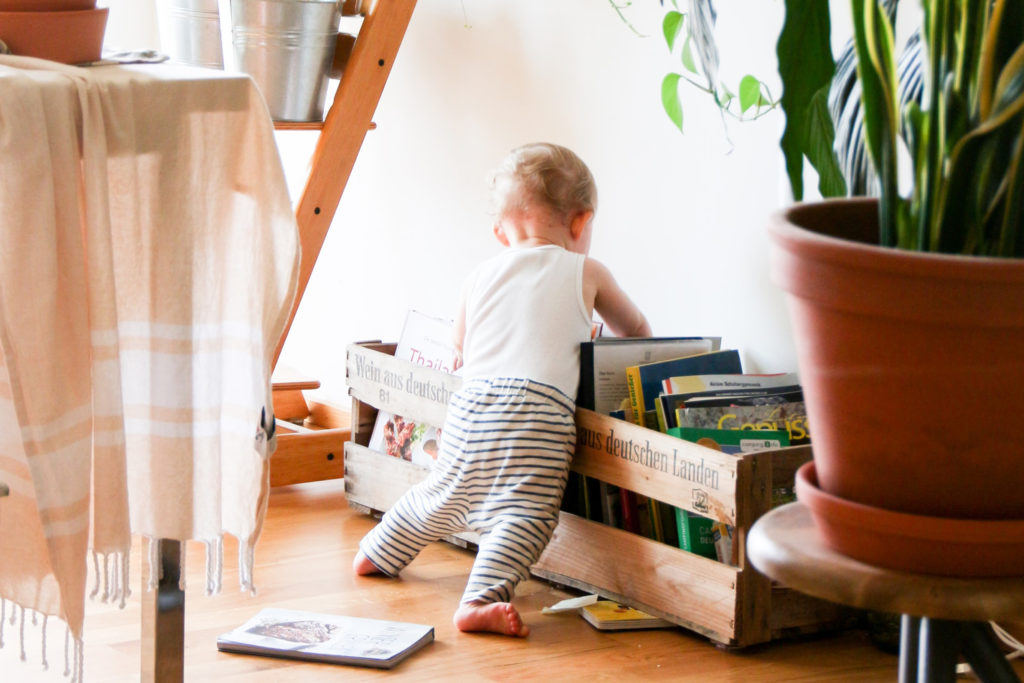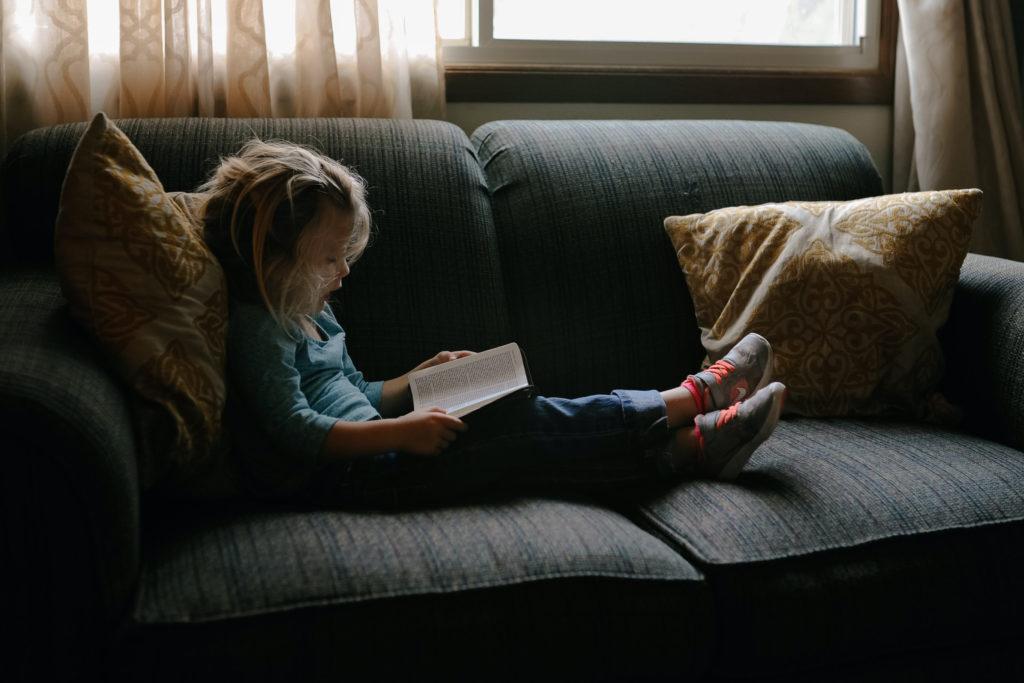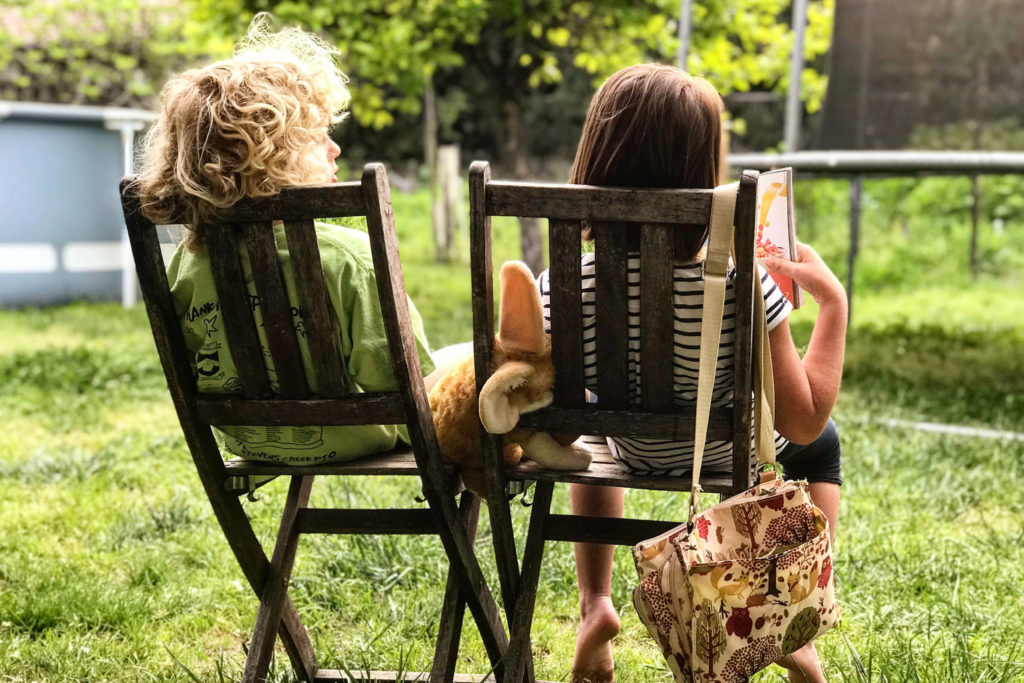As a parent, do you ever look at your child and think, “You are 3.5 feet tall. How can such big emotions fit in that little body?”
Well, they wonder that too. In the midst of the tantrum or the meltdown or the giddy, uncontrollable laughter there is a kid thinking, “What is happening to me? Why can’t I stop?” We are huge fans of the many wonderful children’s books that are emerging to address just that topic with children.
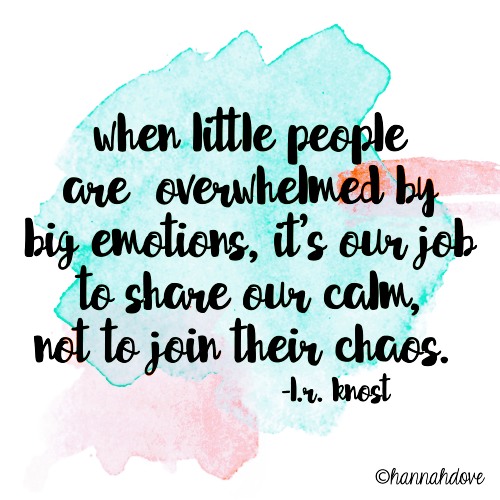
From the safety of living outside of the book, a child can listen to the story, analyze why that silly character is acting that way and learn about strategies for handling their emotions while they’re at it.
So let them read with you about kids who have moments of naughtiness, greed, worry, and sorrow. It lets them explore those big emotions (and often consequences) from the safety of your lap.
Below you’ll find books and activities that are appropriate for Pre-K and Kindergarteners around the concept of “Navigating Feelings.”
GREAT BOOKS & CONVOS
Happy Right Now
Julie Berry
Why We LOVE This Book
So often we adults think that happiness will come when… FILL IN THE BLANK HERE… (I lose 10 pounds, I win the lottery, etc.) The kid version might sound like: I’ll be happy when I get that toy, go to the amusement park, eat that cotton candy. This sweet book helps them reframe that thinking: happy can be here and now, if you look for it.
Conversation Launchers
- Let’s look around right now. What happiness do you see? What happiness do you hear?
- Let’s look back in the book and think about when it’s hard to be happy. Then let’s think about what the girl does to change that!
- Let’s reread the part about the “worry monkey.” When have you felt the worry monkey visit you?
Interactive Activities
Keep the conversation going!
- Make A “Happiness Right Now” List Look back in the book at all of the actions the girl takes to make happiness happen right now. Use her ideas or make your own list of actions (below) you can take that will make you happy right now. (For example: Give a hug to ________. / Make a cozy fort. / Put on music to dance.)
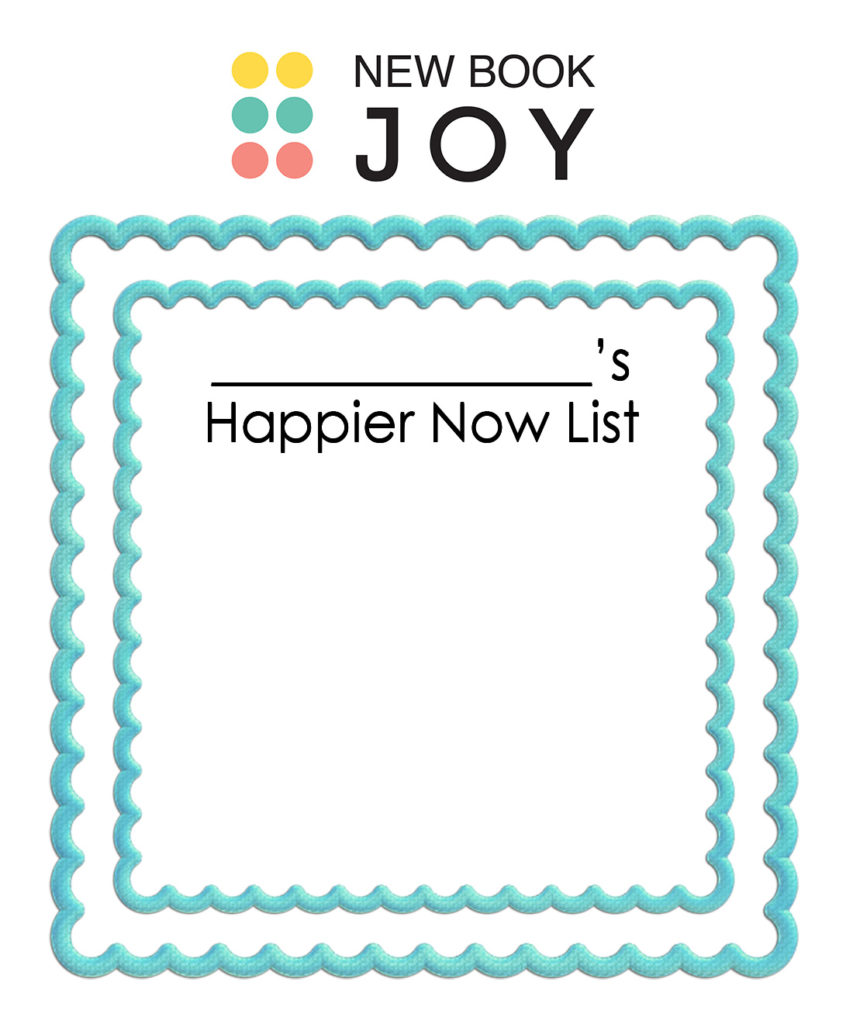
- Create A Colorful Sign Draw and decorate sign together that says, “Sending some happy to you right now!” Take a photo of your child holding the sign with a big smile and text it to any family and friends who could use an instant dose of happy.
The Unbudgeable Curmudgeon
Matthew Burgess
Why We LOVE This Book
This book sends the message that we all have a curmudgeon lurking within us, waiting to emerge when the world doesn’t go our way. The friends/siblings in this book each have their moments of being the curmudgeon and trying to dislodge the curmudgeon that has “taken over” their friend… “It wouldn’t be right to bludgeon the curmudgeon, but maybe he deserves one humongous nudge.”
Conversation Launchers
- Have you ever felt like a curmudgeon? What was that like?
- Have you ever felt like someone you know was “taken over” by the curmudgeon? What did you do?
- Is there something that could help make a curmudgeon go away in our house? What would that be?
- What made the curmudgeon change in the story?
Interactive Activities
Keep the conversation going!
- Create A Curmudgeon Corner Use a paper plate and craft supplies (paper scraps, pipe cleaners, yarn, markers) to make your child’s version of a curmudgeon. Hang it in a spot where the curmudgeon might live. This “curmudgeon corner” can be a good place for a quiet activity (coloring, books, puzzle) when you or your child feels that a curmudgeon has taken control!
- Make a Curmudgeon Fighter’s Toolkit Place items in an old lunch box or bag that could be used in a “curmudgeon emergency.” (You might include Play-doh, wikki stix, crayons, blank booklets, pictures of people and places that make your child happy.) Keep this toolkit handy so that you or your child can find it when the curmudgeon emerges. A small sand-timer might also be useful. Curmudgeon fighting directions (below) can be printed and included in the toolkit as a reminder.
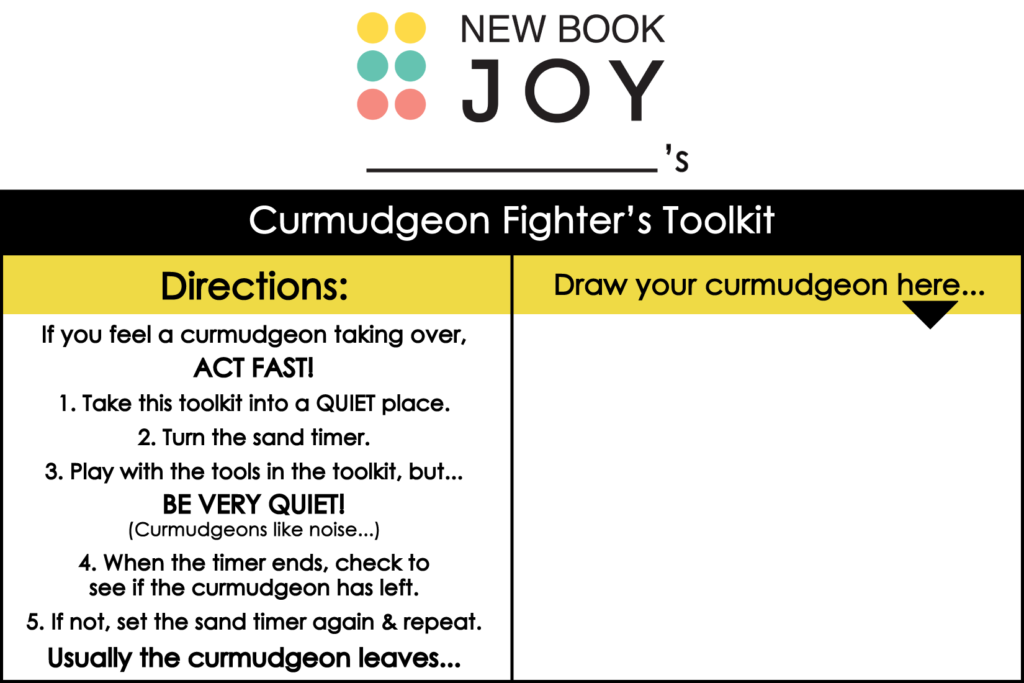
I’m Sad
Michael Ian Black
Why We LOVE This Book
A quirky book that makes kids chuckle even as they empathize with the flamingo who just can’t break out of a sad slump. A grumpy potato provides comic relief and a sweet friend helps the flamingo realize, “Maybe it’s okay just to be sad… I like you ALL the time when you’re sad or angry or bored or anything else.”
Conversation Launchers
- Can you remember a time when you felt sad, but then something made you feel better? What happened?
- Have you ever helped a friend who was feeling sad? What did you do?
- Are there “bad” and “good” feelings? Is it OK to sometimes have bad feelings?
- What finally helped the flamingo feel a bit better? What do you think will happen next after the book ends?
Interactive Activities
Keep the conversation going!
- Make a “Things that Help When I’m Sad” Book Create a simple book out of folded paper. Draw one thing on each page that helps when your child is sad (a hug, a story, a stuffed toy). Put it in a special place so your child can bring it to you for help when they are feeling sad.
- Take a Family Feelings “Temperature” Open a file folder and cut it into four strips, lengthwise. Draw a picture or glue a photo of each family member on the top of each strip. Copy, cut out, and glue each emoji face (below) on each person’s strip. Attach a clothespin to each strip and hang the strips in a central spot. Family members can move the clip to show how they are feeling each day. After school/work is a good check-in time to spark dinner conversations! (“We noticed you chose the sad emoji today. Do you want to tell us what happened?”)

I’m Happy-Sad Today
Lory Britain
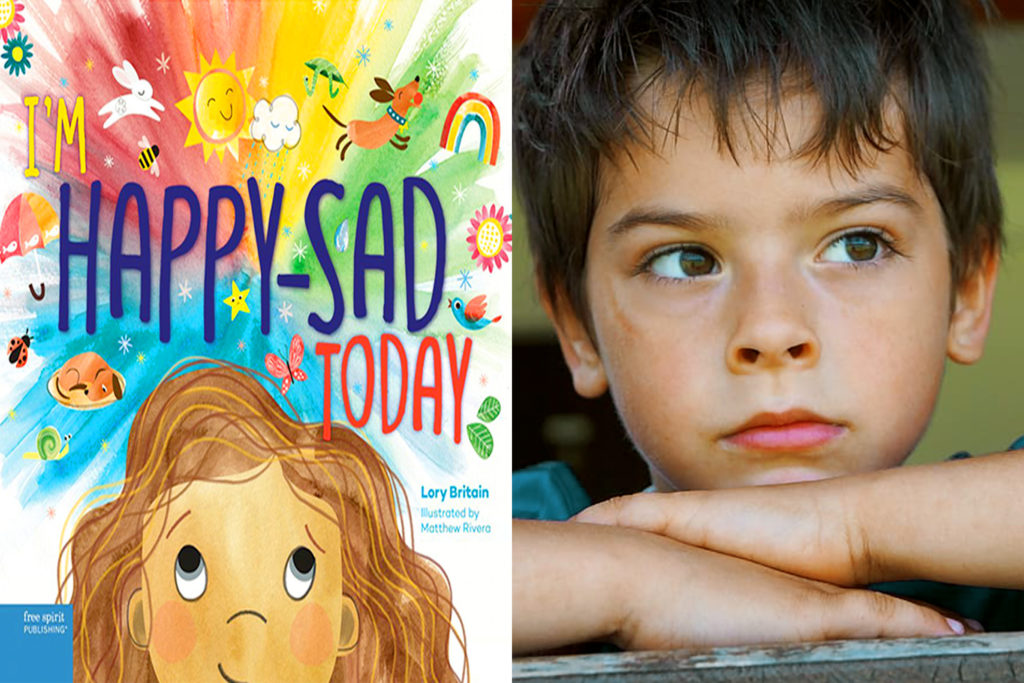
Why We LOVE This Book
Smad. Glappy. Happcited. Of course, the feelings of people (big and little) are often not completely clear and one dimensional. This book gives kids permission (and some fun vocabulary) to feel the full spectrum of feelings. You’ll find great kid-friendly examples for what might provoke certain feelings and diverse representation of characters. The author specializes in early childhood education and has included a ton of activities and suggestions in the back for parents.
Conversation Launchers
- First, look at the parent notes at the back of the book. There are some great suggestions!
- Show your favorite pages in this book. Why are they your favorite?
- How could you describe your feelings right this minute? Make up a word together for those feelings.
- Talk about the part where she was frustrated and determined. What frustrates you? When have you been determined to do something hard?
Interactive Activities
Keep the conversation going!
- Draw A Self-Portrait Help your child to sketch a picture of themselves on large paper and write some of the feeling words they remember from the book, one small sticky note for each word. Post the picture on a door or cabinet with the sticky notes to the side. Encourage your child to move a sticky note to the poster to describe the way they are feeling across the day (you could draw an emoji face next to the feeling word to help nonreaders with this). Who knows? Over time, they may learn to read the word “mad” and move their sticky to show it, rather than having a meltdown!
- Sketch A Scene Draw another picture together of a time when they felt “scared and brave and shy” (like the first day of school). Talk about how they overcame their fear in that situation. Post the picture with a caption that you create together (“Smiling helps” or “I took a deep breath!”).
- Talk It Out Chat about how your child might recognize when another child is feeling “sad and mad” or jealous. What could they do to help that child rather than make them feel worse?
- Model Behavior Be intentional about using explicit vocabulary to describe your own feelings during the day. Watching you model “using your words” rather than shutting down will help your child to do the same.
MORE GREAT READS
I’m Bored
Michael Ian Black
I’m Worried
Michael Ian Black
Glad Monster, Sad Monster
Ed Emberley
NEW BOOK JOY is an affiliate of Bookshop.org and will earn a commission if you click through and make a purchase. Every order you place through NBJ supports our site and their pool of independent bookstores!
Resources for OTHER AGE GROUPS
SEARCH BY GRADE…
– Connie O, NEW BOOK JOY Founder


